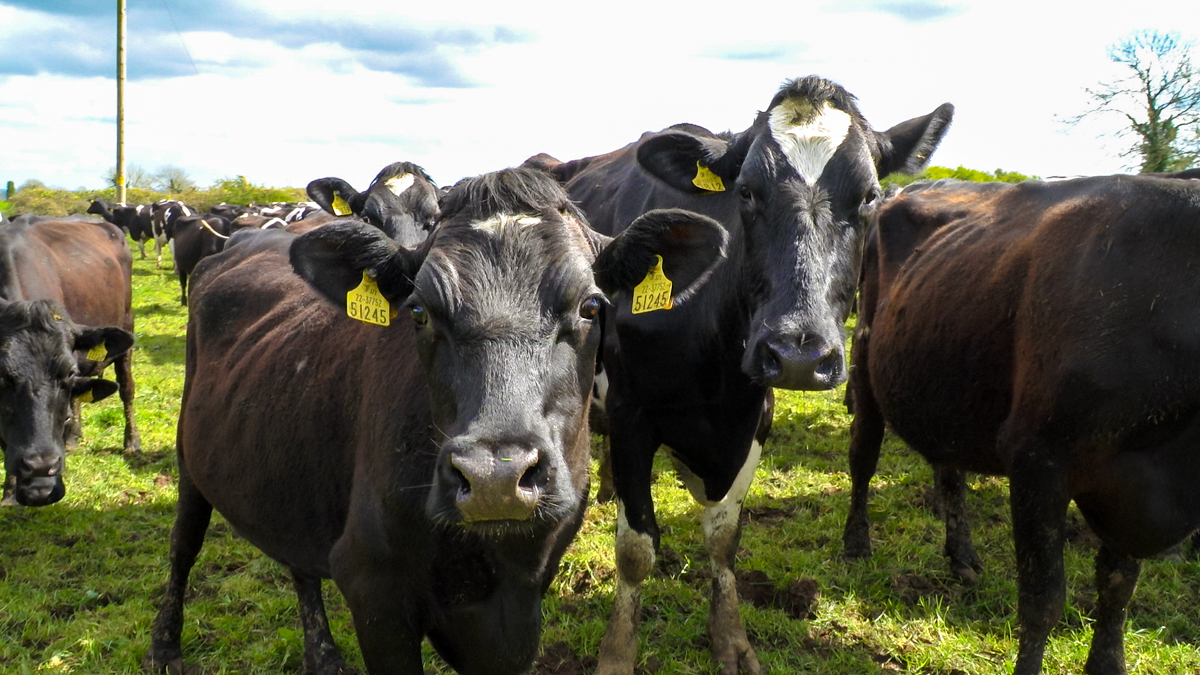Overall milk prices for 2020 could be close to the 2019 level – but this will hinge on further Covid-19 developments, according to a new outlook report from Teagasc.
In a focus on dairy farm incomes in 2020, the mid-year outlook – published today, Tuesday, August 4 – covered factors in the sector, including: global supply; global demand; milk prices; Irish production; input cost; and Irish farm income.
European wholesale dairy prices have dropped in 2020, reflecting the Covid-19 emergency, the report notes.
Cheddar prices have moved over a fairly narrow range.
Monthly Irish farm milk prices in 2020 have fallen in response to Covid-19 but have recently stabilised and begun to recover.
Short-term milk price prospects will depend on Covid-19 developments – but overall milk prices for 2020 could be close to the 2019 level, the report states.
Irish production
Turning to Irish production, the mid-year outlook notes that production conditions in 2020 were affected by heavy early season rain followed by an extended dry period.
This led to restricted grass growth in May and June.
Milk fat and protein levels in 2020 have increased further and are likely to be up two to three basis points on the 2019 level.
With normal weather and no deterioration in milk prices over the rest of 2020, Irish milk production is likely to be up about 3% to 4% on the 2019 level, the document concludes.
Global supply and demand
In the key export regions, milk production growth has been stronger in 2020 than in 2019. Falling milk production in some key milk regions has been more than offset by production growth elsewhere, Teagasc says.
In 2020, milk production to the end of May had fallen in New Zealand by -1.5%, in the UK by -0.7% and in Italy by -2.8%.
Moving to the demand side of things, international dairy product demand in the first half of 2020 has been adversely affected by Covid-19, Teagasc said.
Drinking milk and other fresh products were particularly affected. Demand for milk powders has also been depressed, the outlook document notes.
However, demand for butter and cheese have not been affected to the same extent.
While Chinese import demand was disrupted in the early stages of the pandemic, exports to China from the EU were broadly on a par with the 2019 level by the end of May 2020.
